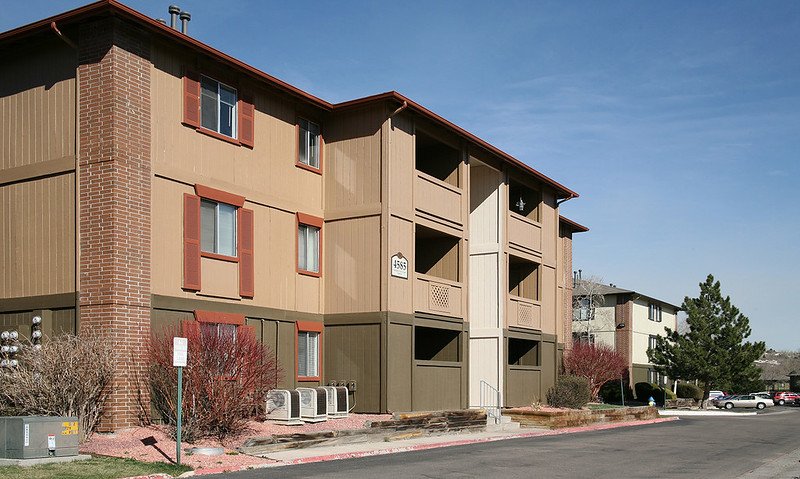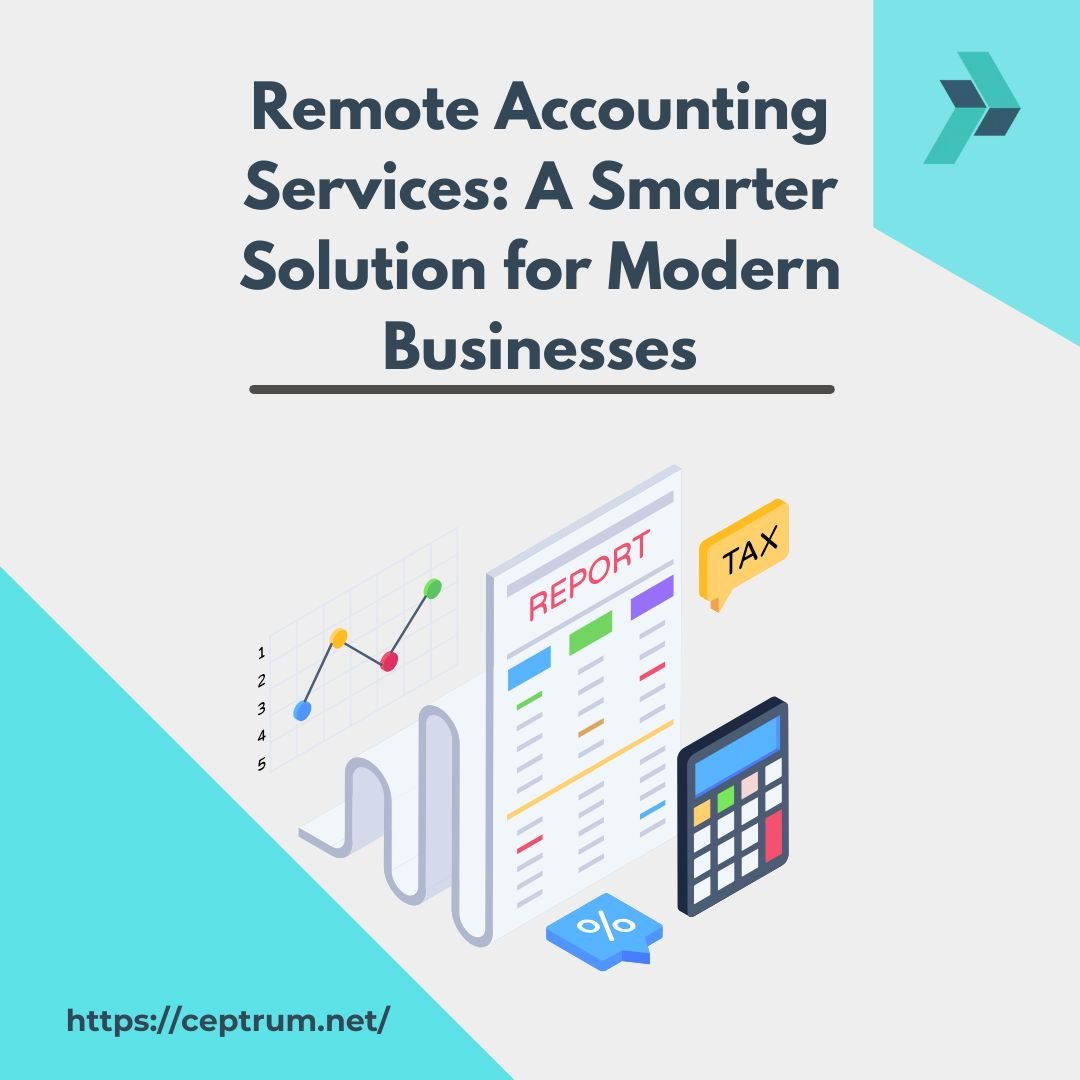Investing in apartment buildings can be one of the most lucrative ways to build wealth and secure a stable income stream. However, obtaining the right financing is crucial to making this investment a reality. Apartment building loans serve as essential tools for investors, allowing them to purchase or refinance multifamily properties. In this comprehensive guide, we will explore everything you need to know about apartment building loans, from the types available to the application process, requirements, and potential benefits.
What is an Apartment Building Loan?
Definition and Purpose
An apartment building loan is a type of financing specifically designed to help investors acquire or refinance multifamily residential properties that typically contain five or more units. Unlike traditional residential mortgages, which focus on the borrower’s personal finances, apartment building loans primarily consider the property’s income-generating potential.
These loans are vital for real estate investors looking to build a robust portfolio of rental properties, providing the necessary funds to acquire and manage multifamily units effectively.
Who Typically Needs an Apartment Building Loan?
The following individuals or entities may seek apartment building loans:
First-time real estate investors: individuals looking to enter the multifamily market.
Seasoned investors: Those wishing to expand their portfolios or refinance existing properties.
Real estate investment trusts (REITs): organizations seeking financing for larger multifamily projects.
Types of Apartment Building Loans
Conventional Loans
Conventional loans are the most common financing option for apartment buildings. These loans are typically offered by banks and credit unions and are best suited for smaller apartment buildings (5-50 units). Borrowers usually need a down payment of 20%–30%, and lenders will evaluate the borrower’s creditworthiness along with the property’s financial performance.
Pros:
Competitive interest rates.
longer repayment schedules—up to 30 years, on average.
Cons:
Higher down payment requirements.
Stricter eligibility criteria based on credit score and financial history.
FHA and HUD Loans
The Federal Housing Administration (FHA) and the Department of Housing and Urban Development (HUD) provide loans designed for multifamily properties, particularly those focused on affordable housing. These loans come with lower down payment options and are ideal for investors looking to purchase properties that cater to lower-income tenants.
Pros:
Reduced down payment requirements—up to 3.5% in some cases.
Favorable loan terms for affordable housing initiatives.
Cons:
More rigorous eligibility requirements.
Lengthy approval process due to government oversight.
Commercial Loans
Commercial loans cater to larger apartment buildings and multifamily properties that generate significant income. Lenders assess the property’s cash flow rather than relying heavily on the borrower’s personal finances, making these loans suitable for experienced investors.
Pros:
Higher loan amounts are available.
Flexible terms tailored to property performance.
Cons:
Higher interest rates compared to conventional loans.
More complex application process requiring detailed financial documentation.
Bridge Loans
Bridge loans offer short-term financing for investors looking to purchase or rehabilitate a property quickly. These loans are particularly beneficial for investors who need immediate funds and plan to refinance once the property’s value has increased.
Pros:
Quick approval and funding process.
Useful for urgent purchases or renovations.
Cons:
Higher interest rates compared to conventional loans.
It requires a clear exit strategy to repay the loan.
Portfolio Loans
Portfolio loans allow investors to bundle multiple properties under one loan, simplifying the financing process for those managing several multifamily properties. This type of loan is particularly advantageous for seasoned investors who want to leverage their existing portfolio.
Pros:
Customized terms based on the borrower’s overall portfolio.
Easier management of loan obligations.
Cons:
More stringent qualification requirements.
Interest rates can vary significantly between lenders.
Requirements for Securing an Apartment Building Loan
Financial Criteria
When applying for an apartment building loan, lenders evaluate several financial aspects to determine eligibility:
Credit Score: Most lenders require a minimum credit score of 660-680 for apartment building loans. Interest rates and terms may be more advantageous with a higher credit score.
Debt Service Coverage Ratio (DSCR): This ratio measures a property’s ability to generate enough income to cover its debt obligations. A minimum DSCR of 1.25x is typically required, meaning the property should generate at least 125% of the debt obligation in rental income.
Debt-to-Income Ratio (DTI): This ratio assesses a borrower’s total monthly debt payments compared to their gross monthly income. A lower DTI indicates better financial health, making it easier to secure a loan.
Down Payment and Loan-to-Value Ratio
Down payment requirements for apartment building loans generally range from 20% to 30% of the property’s purchase price. Some government-backed loans may allow for smaller down payments, especially for affordable housing projects.
The Loan-to-Value (LTV) ratio is another critical factor. It contrasts the loan amount with the property’s assessed value. Lenders typically prefer an LTV ratio of 75% or lower for multifamily properties.
Property Appraisal and Inspection
Before approving a loan, lenders require a professional appraisal to determine the property’s market value. This assessment helps ensure that the property is a sound investment and can generate the expected income. An inspection may also be conducted to identify any maintenance or structural issues that could affect the property’s value.
Experience in Property Management
Lenders often prefer borrowers with experience in property management, as this increases the likelihood of successful operations and timely loan repayment. Having a solid management plan can be a strong point in your favor when applying for an apartment building loan.
How to Request a Loan for an Apartment Building
Step-by-Step Loan Application Process
Pre-Qualification: Start by getting pre-qualified, where you provide financial information to estimate how much you can borrow.
Property Identification: Once you find a suitable property, gather all necessary documentation, including rent rolls, financial statements, and property details.
Appraisal and Financial Review: The lender will conduct an appraisal and review the property’s financial performance to ensure it meets lending criteria.
Loan Underwriting: This stage involves a thorough examination of all documentation, including credit scores, DSCR, and property appraisals.
Closing the Loan: Once approved, you’ll move to the closing stage, where you’ll pay closing costs and sign the final paperwork to secure your loan.
Common Mistakes to Avoid
Overlooking Cash Flow Analysis: Always assess the property’s cash flow to ensure it meets the DSCR requirements.
Failing to Have a Management Plan: A clear property management plan can demonstrate to lenders that you have a strategy for maintaining occupancy and income.
Benefits of Apartment Building Loans
Scalability and Income Potential
Investing in apartment buildings allows for significant scalability. With each additional unit, your income potential increases, making multifamily properties a robust choice for investors seeking to build wealth over time.
Long-Term Wealth Building
Apartment building loans facilitate long-term investments that can appreciate over time. With proper management and favorable market conditions, multifamily properties often yield substantial returns and offer investors the opportunity for financial stability.
Tax Advantages
Investors in apartment buildings can benefit from various tax deductions related to property depreciation and expenses. These deductions can significantly reduce taxable income, enhancing overall returns on investment.
Case Studies of Successful Apartment Building Loans
Case Study 1: First-Time Investor Purchasing a 10-Unit Apartment
A first-time investor approached us with the goal of purchasing a 10-unit apartment building in a growing neighborhood. We assessed their financial profile and recommended a conventional loan due to their solid credit score and financial history.
The property’s DSCR exceeded the minimum requirement, allowing the investor to secure a favorable loan with a competitive interest rate. Within a year, the building’s occupancy rate increased from 70% to 95%, and the investor began generating consistent rental income.
Case Study 2: Experienced Investor Rehabbing a 30-Unit Complex
An experienced investor sought financing to purchase and refurbish a distressed 30-unit apartment complex. After assessing the situation, we recommended a bridge loan to provide immediate funding for renovations.
Once the building was rehabilitated and occupancy rates improved, the investor successfully refinanced the loan with a long-term FHA loan, taking advantage of lower interest rates. The property’s value increased significantly, allowing the investor to achieve a substantial return on investment.
Frequently Asked Questions (FAQs)
What is the minimum credit score needed for an apartment building loan?
Most lenders require a minimum credit score of 660-680 to qualify for an apartment building loan. Better terms may result from a higher score.
How much down payment do I need for a multifamily loan?
Down payments typically range from 20% to 30% of the property’s purchase price. Lower down payments may be possible on some government-backed loans.
Can I purchase an apartment building with an FHA loan?
Yes, FHA loans can be used to purchase apartment buildings, particularly those designated for affordable housing.
What is DSCR, and why does it matter for apartment loans?
The Debt Service Coverage Ratio (DSCR) measures a property’s ability to generate enough income to cover its debt obligations. A minimum DSCR of 1.25x is usually required.
How long does it take to get approved for an apartment loan?
The approval process typically takes 30-60 days, depending on the loan type and the lender’s requirements.
Contact Us for Apartment Building Loan Assistance
At Residential Lender, we specialize in helping investors secure the financing they need for multifamily properties. Our team has extensive experience in commercial property financing, ensuring you receive personalized guidance throughout the loan process. Whether you’re a first-time investor or looking to expand your portfolio, contact us today to explore your apartment building loan options.



